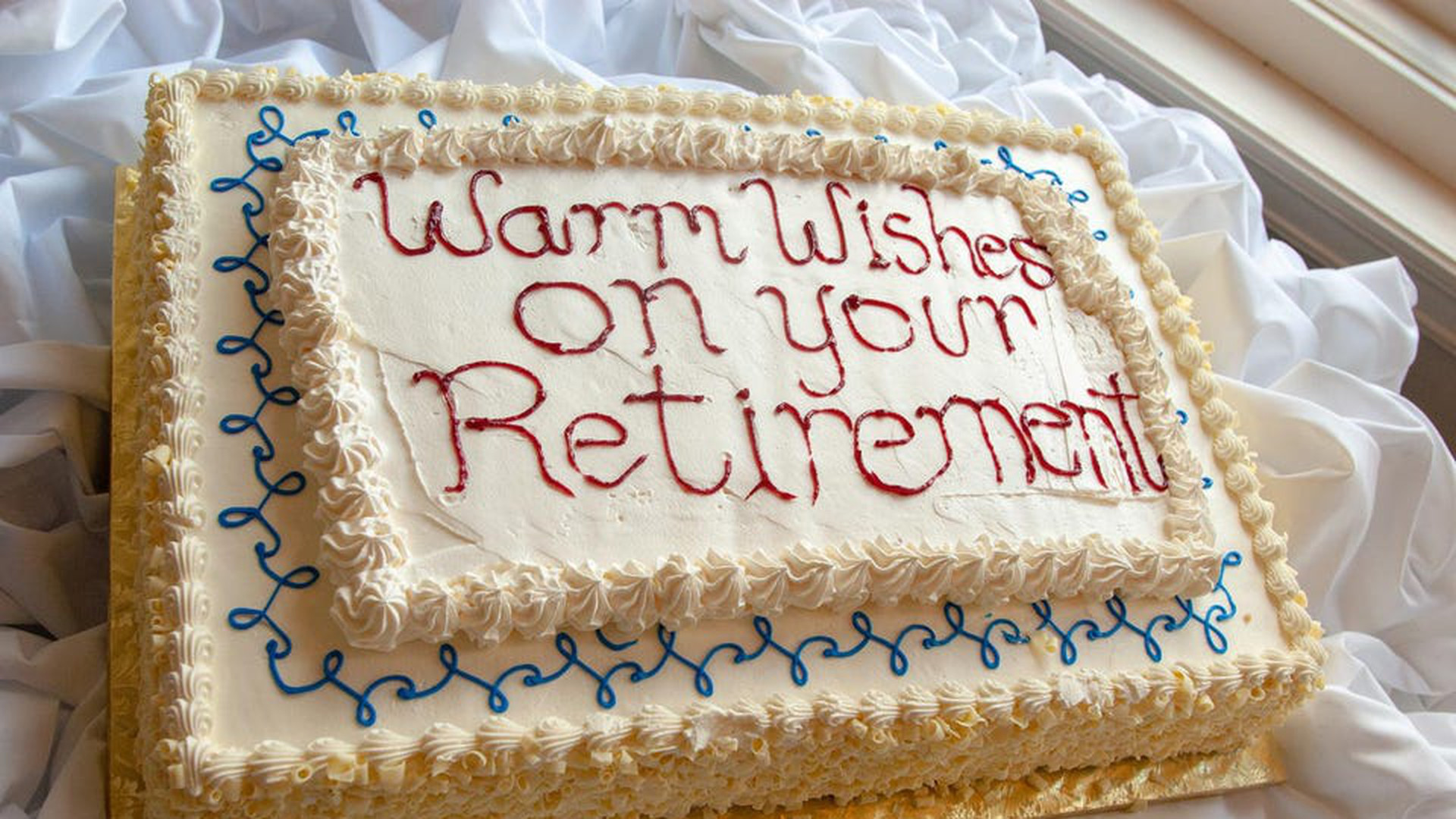SECURE 2.0: 5 Things Small Business Owners Need to Know
The 2022 Omnibus package included legislation strengthening the way Americans save for retirement that will likely lift Main Streets across the country. The Securing a Strong Retirement Act of 2022 (SECURE 2.0) builds on the initial 2019 SECURE law, which revised rules around retirement saving, including raising the age of required minimum distributions (RMDs) and allowed workplace savings plans to offer annuities.
The new law contains several provisions to strengthen the American retirement system that will boost savings in workplace plans, extend support to small businesses that want to help employees prepare for retirement, and increase tax incentives for those already economically secure. With all of the new changes through SECURE 2.0, here are six things small business owners need to know that it does:
- Increases the Small Business Start Up Credit: SECURE 2.0 increases the startup credit to cover 100% (up from 50%) of administrative costs up to $5,000 for the first three years of plans established by employers with up to 50 employees. It also clarifies that small businesses joining a multiple employer plan (MEP) are eligible for the credit. The tax credit offering provides a strong incentive for employers by limiting the administrative burdens associated with establishing and managing retirement offerings for employees.
- Expansion of Automatic Enrollment: Beginning in 2025, 401(k) and 403(b) plans will be required to automatically enroll eligible participants, though employees may opt out of coverage. There is an exception for small businesses with 10 or fewer employees and for new businesses less than 3 years old. The expansion of automatic enrollment will help more workers save for retirement, particularly younger, lower paid workers.
- Establishes Starter 401(k) Plans: Beginning in 2024, employers who do not already offer retirement plans will be permitted to offer a starter 401(k) plan or safe harbor 403(b) plan to employees who meet age and service requirements. Through the starter plans, the limit on annual deferrals would be the same as the IRA contribution limit, and employers may not make matching or nonelective contributions to starter plans. The starter plan provides a great entry point for small businesses especially given that employers aren’t required to match contributions, meaning that even the smallest of small businesses can offer something to their employees.
- Changes Part-Time Worker Offerings: Starting in 2025, employers will be required to allow part-time employees (workers with over 500 hours per year for two consecutive years) to participate in their retirement plan after two years of service. Employees with over 1000 hours of service must be included after one year of service. Since the workforce includes more part time workers now than in the past, it means more workers will be eligible to contribute employer sponsored retirement plans.
- Creates a Military Spouse Tax Credit: SECURE 2.0 establishes a tax credit for employers with up to 100 employees who make military spouses eligible for their retirement plans within two months of their hiring date, ensure that each military spouse is 100% vested in all employer contributions, and guarantee that every military spouse is eligible for any matching or nonelective contribution that they otherwise would only have qualified for at two years of service. The tax credit is equal to $200 per military spouse plus up to $300 in employer contributions per individual for up to three years.
- SIMPLE Employee Elective Deferral and Catch Up Limits: The law also raises the employee elective deferral limits for SIMPLE (Savings Incentive Match Plan for Employees) IRAs and catch up limits by 10% for employers with no more than 25 employees. It also increases for employers with 26-100 employees if they make employer nonelective contributions of 3% or a 4% matching contribution.
A study of 500 small businesses from across the country found that only 26% of those surveyed offered 401(k) retirement plans. Small businesses cited three main reasons for not offering plans:
- they think their business is too small to qualify
- they think they can’t afford to match payments
- they think offering plans is too expensive to set up and manage
The majority of American workers employed by small businesses, so it’s important that small employers are empowered with the tools needed to give workers options for their retirement. With the new provisions offered through the SECURE 2.0 Act, there is optimism that small businesses will be better positioned to support employees’ retirement plans.
This article was written by Rhett Buttle from Forbes and was legally licensed through the Industry Dive Content Marketplace. Please direct all licensing questions to legal@industrydive.com.
